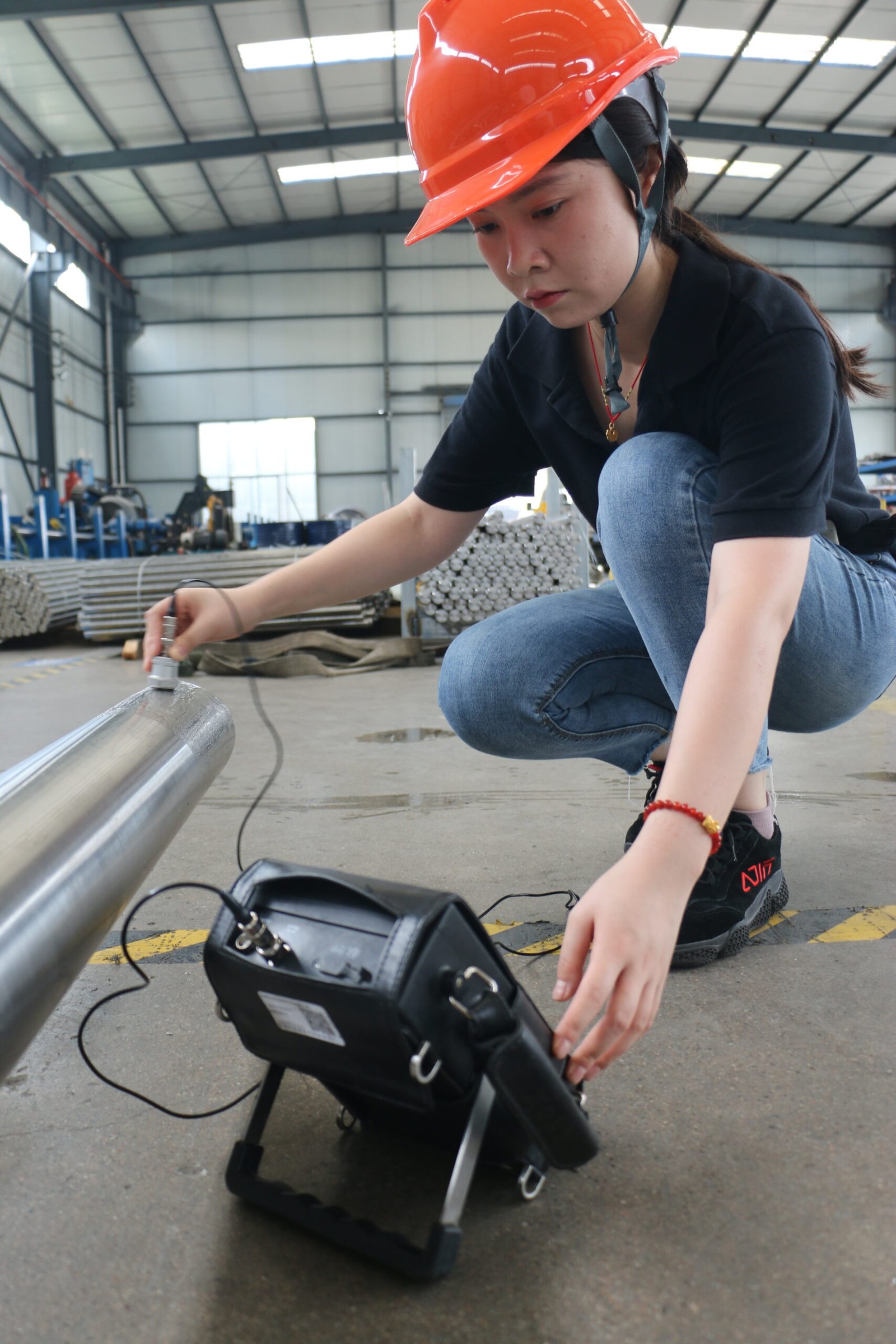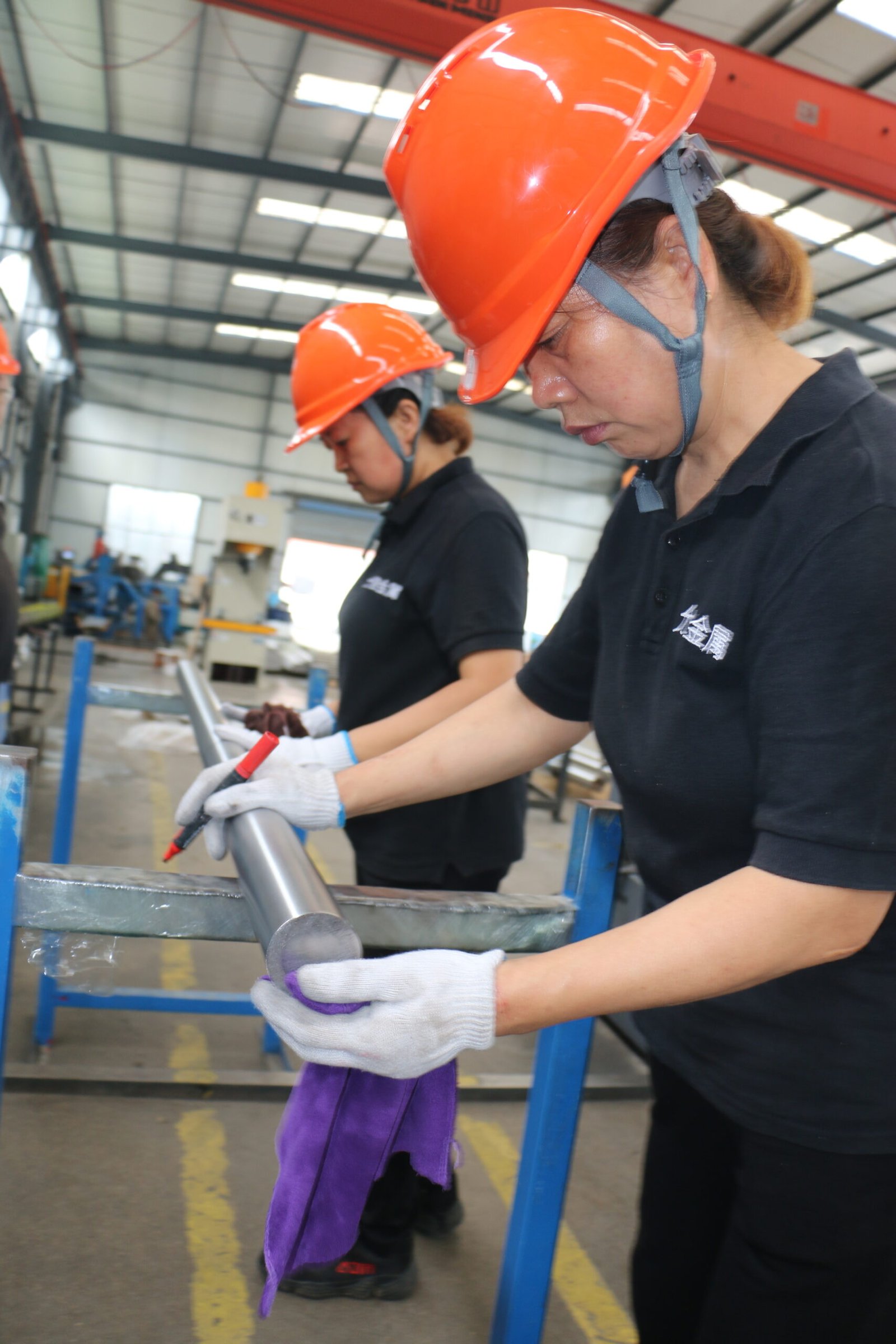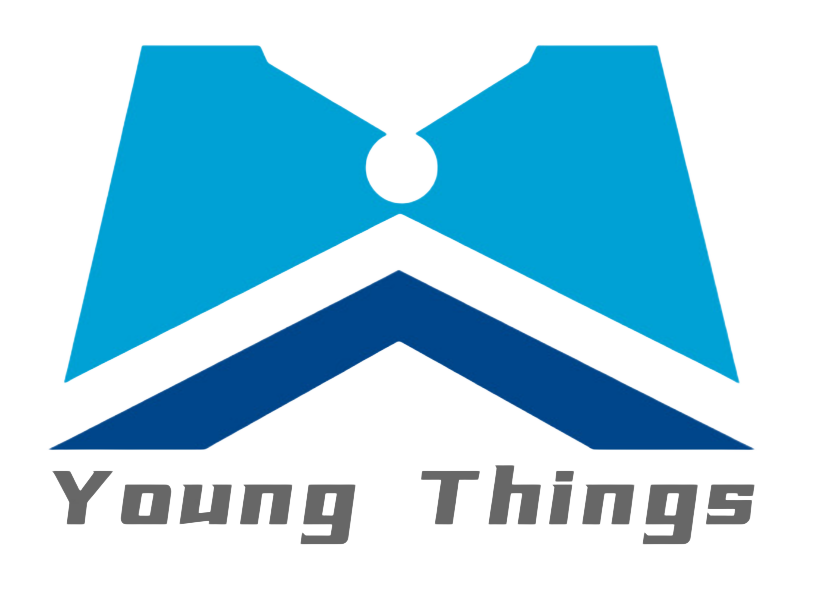In the vast and complex world of global trade, China remains a powerhouse of manufacturing and a go-to source for countless products. For new importers, the prospect of tapping into this immense market is both exciting and daunting. However, while the potential for profitable deals is high, so too is the risk of falling victim to unscrupulous operators. With that in mind, let's first talk about why we need to verify suppliers.
Supplier verification is not just a precautionary step; instead, it’s a crucial foundation for successful and sustainable importing from China. With thousands of suppliers competing for your business, distinguishing the reliable from the risky is absolutely paramount. Taking the time for proper verification can truly mean the difference between building a prosperous business relationship and making a costly mistake that could potentially derail your entire venture.
Now that we’ve established the importance of verifying suppliers, let's move on and take a closer look at some common scams. If you unfortunately encounter one of these, it’s crucial to minimize your losses as soon as possible. So, without further ado, let’s dive into the essentials.
- Quality fade: Where initial samples are high-quality, but bulk orders are subpar.
- Bait and switch: Suppliers show one product but deliver another.
- Vanishing act: Companies that disappear after receiving payment.
- Intellectual property theft: Unauthorized reproduction of your designs.
- Ghost factories: Businesses that claim to be manufacturers but are merely middlemen.
These frauds can result in financial losses, damaged reputations, and legal complications. However, the good news is that with the right approach, you can avoid falling victim to 95% of these fraudulent practices.After reading this, you're probably eager to know how we can actually verify suppliers. Don't look away—let's get started!
To navigate these treacherous waters, we've developed a robust 3-step formula for verifying Chinese suppliers. This tried-and-tested method combines online research, document verification, and direct communication to create a comprehensive vetting process. By following these steps, you'll be able to:
- Quickly weed out obvious frauds and unreliable suppliers.
- Gain deeper insights into potential partners' legitimacy and capabilities.
- Establish direct connections to verify claims and build relationships.
Dear friend, are you ready to embark on an exciting sourcing adventure? In the following sections, we'll take you on a thrilling journey through each step of this powerful formula, equipping you with practical tools and strategies for your sourcing quest. Whether you're looking to import your first container or diversify your existing supply chain, this guide will be your trusted companion, empowering you to make savvy decisions and forge successful partnerships in the Chinese market.
Imagine transforming from a potential target for scammers into a confident, shrewd importer who can navigate the Chinese market with ease. Sounds exciting, doesn't it? This isn't just a guide; it's your key to success!
In the world of international trade, knowledge truly is power. And our goal is to put that power right in your hands! Are you ready? Let's dive into this amazing journey together and unlock your unlimited potential in the Chinese market! Keep reading, and you'll discover a whole new world waiting for you. Trust me, this will be a game-changing read for your business journey!
Step 1: Initial Online Research
In today's digital age, your first line of defense against potential frauds is thorough online research. This initial step can quickly eliminate many dubious suppliers and give you a solid foundation for further investigation.
A.Checking supplier's online presence
Company website analysis Start by examining the supplier's official website. A professional, well-maintained site is often a good sign, but don't be fooled by appearances alone. Look for:
- Detailed "About Us" section with company history
- Clear product catalogs with specifications
- Contact information, including a physical address
- English language quality (poor English might indicate a hastily created fake site)
- Red flags: Lack of detail, copied content from other sites, or exclusively generic stock photos.
Social media profiles Check if the supplier maintains active profiles on platforms like LinkedIn, Facebook, or Chinese sites like WeChat. Look for:
- Consistent posting history
- Engagement with customers
- Participation in industry events or trade shows
Red flags: Recently created profiles with little activity or inconsistent information across platforms.
B.Utilizing B2B platforms
- Alibaba Gold Supplier status Alibaba's Gold Supplier status can be a useful indicator, but it's not foolproof. Pay attention to:
- How long they've held Gold Supplier status (longer is generally better)
- Trade Assurance coverage
- Positive feedback and transaction history
Remember: Gold Supplier status is paid, so it alone doesn't guarantee reliability.
Global Sources verified suppliers Global Sources offers another layer of verification. Look for:
- Verified Supplier badge
- Detailed company profiles
- Product certifications and test reports
C.Reviewing third-party certifications and awards
Don't just take the supplier's word for it – look for independent verification of their claims:
- Check for ISO certifications relevant to their industry
- Look for participation and awards in recognized trade shows
- Search for mentions in industry publications or news
Pro tip: Use Google's site-specific search to find mentions of the supplier on reputable industry websites.
By thoroughly completing this first step, you can quickly narrow down your list of potential suppliers to those worth further investigation. Remember, this online research is just the beginning – it helps you eliminate obvious red flags and identifies promising candidates for deeper scrutiny.
In our next section, we'll dive into Step 2: Document Verification, where we'll teach you how to validate the legal and financial standing of your shortlisted suppliers. This crucial step will further reduce your risk and bring you closer to finding reliable Chinese partners for your importing venture.
Step 2: Document Verification
After narrowing down your list of potential suppliers through online research, the next crucial step is to verify their legal and financial documents. This process is vital in establishing the legitimacy and stability of your potential business partners.
A.Requesting and verifying business licenses
How to read a Chinese business license A legitimate Chinese business license contains crucial information:
- Company name in Chinese and English
- Unified Social Credit Code
- Legal representative
- Registered capital
- Business scope
- Date of establishment
Using official government databases for verification
- Use the National Enterprise Credit Information Publicity System to verify the information.(https://www.qcc.com/)
- Enter the company name or Unified Social Credit Code to access official records.
Pro tip: If a supplier is hesitant to provide their business license, consider it a major red flag.
B.Checking for ISO certifications and other industry-specific credentials
- Request copies of relevant ISO certifications (e.g., ISO 9001 for quality management).
- Verify these certifications through the issuing bodies' websites.
- Look for industry-specific certifications relevant to your products (e.g., CE for European markets, FDA for US food and drug imports).
Remember: Some certifications can be faked. Always cross-check with the certifying organizations.
C.Analyzing financial reports and credit checks
Importance of company age and registered capital
- Generally, older companies with higher registered capital are more stable.
- However, don't discount younger companies entirely – they might be more innovative and flexible.
Using third-party services for deeper financial insights
- Consider using services like Dun & Bradstreet or local Chinese credit reporting agencies.
- These reports can provide insights into:
- Payment history
- Financial stability
- Legal disputes
- Company size and annual turnover
Key insight: A company's registered capital doesn't always reflect its actual operating capital. Look for consistent growth and stable financials over time . (You can enter this website to check the reality:https://www.qcc.com/)
D.Additional document checks
- Request and verify export licenses if applicable.
- For publicly traded companies, review annual reports and stock performance.
- Check for any patents or trademarks held by the company, which can indicate innovation and legal protection of their products.
By thoroughly completing this document verification step, you significantly reduce the risk of dealing with fraudulent or unstable suppliers. This process might seem time-consuming, but it's a critical investment in your business's future success.
Remember, while these checks can reveal a lot about a supplier's legitimacy and financial health, they don't guarantee future performance or product quality. That's why our next step, direct communication and verification, is crucial in building a complete picture of your potential Chinese suppliers.
In the next section, we'll explore how to effectively communicate with suppliers, conduct virtual tours, and potentially arrange in-person visits to ensure you're making the best choice for your importing needs.
Step 3: Direct Communication and Verification
After completing online research and document verification, the final step in our 3-step formula involves direct interaction with potential suppliers. This step is crucial in confirming your findings and getting a feel for the people behind the business.
A.Conducting video calls with suppliers
Virtual factory tours
- Request a live video tour of the manufacturing facility.
- Pay attention to:
- The overall organization and cleanliness of the factory
- The presence of workers and active production lines
- Safety measures and quality control processes in place


B.Requesting and contacting references
- How to approach reference checks effectively
- Ask for references from clients in your country or region.
- Request contact information for both current and past clients.
- Prepare specific questions about product quality, delivery times, and after-sales service.
- Red flags to watch out for in references
- Be wary if all references are very recent or if the supplier is hesitant to provide any.
- Watch out for overly positive reviews that lack specific details.
Key insight: A good supplier should be able to provide at least 2-3 solid references.
C.Considering a personal visit or hiring a third-party inspection service
- Benefits of on-site visits
- Allows you to see the operation first-hand
- Provides opportunity to meet key personnel
- Helps in understanding local business culture
Note: While valuable, personal visits can be time-consuming and expensive, especially for new importers.
- How to choose a reliable inspection service
- Look for services with experience in your specific industry
- Check their certifications and accreditations
- Ask about their inspection processes and reporting methods
- Consider well-known names like SGS, Bureau Veritas, or Intertek



Pro tip: Even if you can't visit personally, consider hiring a third-party inspector for your first few orders to ensure quality and compliance.
D.Additional verification techniques
- Cross-check information gathered from different sources for consistency
- Use LinkedIn to verify the existence and roles of key personnel
- Check local chamber of commerce or industry association memberships
By completing this third step, you'll have a comprehensive understanding of your potential supplier beyond what documents and online presence can reveal. This direct interaction often provides invaluable insights that can help you make your final decision. Remember, building a relationship with your supplier is an ongoing process. Even after you've completed these verification steps and started working together, continue to monitor performance and maintain open lines of communication.
Case Study
Real-life example of a company that chose Young Things Metal Co. Ltd. after applying the 3-step formula.
Let's examine the case of TechGear Inc., a small US-based startup looking to source high-quality titanium materials for their new product line.
TechGear Inc. needed a reliable supplier for titanium ingots and rods to ensure the quality of their product.They had a limited budget and were under pressure to find a trustworthy partner quickly.
Initial research led them to Young Things Metal Co. Ltd., a supplier offering competitive pricing and a wide range of titanium products.
Application of the 3-Step Formula:
Step 1: Initial Online Research
TechGear Inc. conducted an online search and found that Baoji Yunxin Metal Materials Co., Ltd. had:
- A professionally designed website with detailed product information and certifications.
- Active social media profiles showcasing their products, customer feedback, and company activities.
- Although not listed on platforms like Alibaba or Made-in-China (due to the rising costs associated with these platforms), this is because that we made a conscious decision to avoid passing these costs onto our This decision underscores ourcommitment to offering high-quality products at competitive prices without unnecessary markups.

Step 2: Document Verification
When TechGear Inc. requested business documentation, we promptly provided:
- A valid business license with consistent company name and address details.(As shown in the following image)
- Proof of registration with a significant amount of registered capital, indicating stability.
- TechGear Inc. verified the documents through official Chinese business databases and found them to be accurate and trustworthy.


NOTE:The equity analysis chart clearly shows that we are a genuine factory. You can see that our company is owned by the factory itself.
Step 3: Direct Communication and Verification
We was open to conducting a video call, during which they provided a virtual tour of their manufacturing facility.
We also shared verifiable client references and testimonials, further proving their credibility.
Additionally, We was transparent about their pricing, certifications, and the quality control measures they follow.
Outcome: After thoroughly applying the 3-step formula, TechGear Inc. confidently chose us as their supplier. The decision was based on:
Our verifiable credentials and strong presence in the industry.
Competitive and transparent pricing without hidden costs.
Willingness to start with a smaller initial order to build trust and ensure product quality.
Lessons learned and key takeaways:
This case study shows how TechGear Inc. successfully used the 3-step formula to verify and ultimately choose us as their titanium supplier. Their thorough approach ensured that they partnered with a reputable company capable of meeting their needs.
This case study demonstrates how the 3-step formula, combined with additional precautions, can effectively protect businesses from potential frauds when sourcing from China. TechGear Inc.'s experience underscores the importance of thorough verification, even when faced with time and budget pressures.
As we wrap things up, let's give a quick shout-out to the highlights and drop some final wisdom on sourcing safely and smartly from China. We've covered a lot of ground, and while diving into the China sourcing pool can be incredibly rewarding, it's not without its challenges—especially for newbies. But fear not! Our trusty 3-step formula is your go-to guide for keeping things smooth and scam-free:
- Online Sleuthing:Kick things off by playing detective with some savvy online research on your suppliers.
- Paperwork Patrol:Give those legal and financial docs a good once-over to ensure everything checks out.
- Face-to-Face Finesse:Seal the deal with direct chats, video calls, and maybe even an in-person visit.
Remember, importing from China isn't just about snagging the lowest deal—it's about crafting solid, trustworthy, and profitable partnerships that stand the test of time. By putting our 3-step formula and the extra tips from this guide into action, you're laying the groundwork for long-term success
Sourcing from China is like unlocking a treasure chest of opportunities for your business. With the right moves in supplier verification, you'll confidently navigate this intricate landscape, turning potential risks into golden business relation
As you set sail on your China sourcing journey, keep this guide close, stay sharp, and don't shy away from seeking expert advice when needed.To further support your journey in sourcing from China and verifying suppliers, here are some valuable resources:
A.Useful websites and tools for supplier verification
- Official Chinese government databases:
- National Enterprise Credit Information Publicity System (http://www.gsxt.gov.cn)
- China Customs (http://english.customs.gov.cn)
- B2B Platforms with verification features:
- Alibaba Supplier Verification (https://verification.alibaba.com)
- Global Sources Verified Suppliers (https://www.globalsources.com)
- Third-party verification services:
- Dun & Bradstreet (https://www.dnb.com)
- 中国信保 ( http://www.sinosure.com.cn/cn )
- 知识产权检查:
- 中国商标局(http://sbj.cnipa.gov.cn)
- 世界知识产权组织(https://www.wipo.int)
- 行业特定认证机构:
- ISO(https://www.iso.org)
- CE 标志( https: //ec.europa.eu/growth/single-market/ce-marking_en)
B.有关中国采购的更多信息,建议阅读
- 图书:
- 《进口圣经:从中国成功进口的入门完整指南》作者:Manuel Becvar
- 《中国采购:从计划到产品》作者:Mark B. Graban 和 Michael Elias
- 保罗·米德勒 (Paul Midler) 著《中国劣质制造:内幕人士眼中的中国制造游戏》
- 在线课程:
- Coursera:北京大学“在中国做生意”
- edX:清华大学《中国的经济转型(第一部分):中国的经济改革与增长》
- 博客和网站:
- 中国法律博客(https://www.chinalawblog.com)
- 质量检验博客(https://qualityinspection.org)
- 采购联盟(https://www.sourcingalliance.com/blog)
- 政府资源:
- 美国商务服务社的《中国乡村商业指南》
- 英国政府的“海外商业风险-中国”
- 澳大利亚政府的“在中国做生意”
- 行业报告:
- 麦肯锡公司关于中国制造业的报告
- 德勤《中国因素:投资中国指南》
准备好征服中国采购的狂野世界了吗?有了这些技巧和窍门,您将很快成为终极进口专家!请记住,冒险不会就此结束——继续学习,保持敏锐,看着您的成功一飞冲天。无论您是新手还是经验丰富的老手,这些资源都是您顺利而精明的采购之旅的秘密武器。让我们让进口变得有趣而精彩!
Share this article
Written by : 钛合金网
Follow us
Table Of Content



